How To Make A Solar Camera Filter ?
To make a solar camera filter, you will need a piece of solar filter film or solar eclipse glasses. Cut the film or glasses to fit the size of your camera lens. Make sure the filter completely covers the lens and is securely attached. It is important to use a proper solar filter to protect your camera and your eyes when photographing the sun.
1、 Understanding solar filters for camera lenses
Understanding solar filters for camera lenses is crucial for capturing stunning images of the sun without damaging your camera or your eyes. Solar filters are designed to block out harmful ultraviolet (UV) and infrared (IR) radiation, allowing only a safe amount of visible light to pass through. These filters are essential for solar photography, as direct sunlight can cause irreversible damage to camera sensors and human eyes.
To make a solar camera filter, you will need specialized solar filter material, such as solar film or solar glass. Solar film is a cost-effective option that can be easily cut and attached to your camera lens using adhesive tape or a filter holder. Solar glass, on the other hand, provides superior optical quality but may be more expensive and require professional installation.
When choosing a solar filter, it is important to ensure that it meets the necessary safety standards, such as the ISO 12312-2 certification. This certification guarantees that the filter is suitable for direct solar viewing and photography.
It is worth noting that homemade solar filters, such as using exposed film negatives or other improvised materials, are not recommended. These makeshift filters may not provide adequate protection and can lead to irreversible damage to your camera or eyes.
Additionally, it is crucial to follow proper safety precautions when photographing the sun. Never look directly at the sun through your camera's viewfinder or with the naked eye, as this can cause severe eye damage. Always use live view or an electronic viewfinder to compose your shots and ensure that your solar filter is securely attached to your lens.
In conclusion, understanding solar filters for camera lenses is essential for safe and successful solar photography. Invest in a certified solar filter and follow proper safety guidelines to capture breathtaking images of the sun without compromising your equipment or your vision.
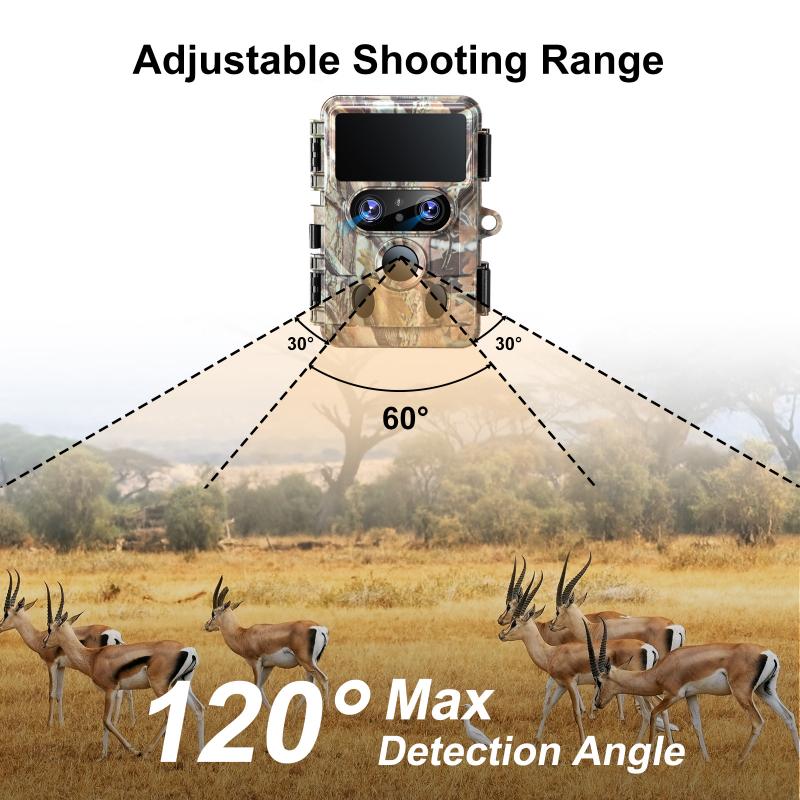
2、 Choosing the right materials for a DIY solar camera filter
Choosing the right materials for a DIY solar camera filter is crucial to ensure the safety of your eyes and the quality of your photographs. With the increasing popularity of solar photography, it is important to take the necessary precautions to protect your eyes from the harmful rays of the sun.
One of the most common materials used for solar camera filters is solar film. Solar film is specifically designed to block out the majority of the sun's harmful ultraviolet (UV) and infrared (IR) rays while allowing a small portion of visible light to pass through. This allows you to capture stunning images of the sun without damaging your camera or your eyes.
When selecting solar film, it is important to choose a reputable brand that is certified for solar observation. Look for films that have been tested and approved by reputable organizations such as the International Organization for Standardization (ISO) or the American Astronomical Society (AAS).
Another important consideration is the density of the solar film. Different densities allow for different levels of light transmission. For solar photography, a density of 5 or higher is recommended to ensure adequate protection. However, it is important to note that higher density filters may result in darker images, so finding the right balance is key.
In addition to solar film, you will also need a filter holder or adapter ring to attach the filter to your camera lens. These can be purchased online or at camera stores, and it is important to ensure that the filter holder is compatible with your specific camera model.
Lastly, it is crucial to follow proper safety guidelines when using a solar camera filter. Never look directly at the sun through the camera viewfinder or the LCD screen, as this can cause permanent eye damage. Always use the filter to view the sun indirectly and take breaks to rest your eyes.
In conclusion, choosing the right materials for a DIY solar camera filter is essential for safe and high-quality solar photography. By selecting reputable solar film, finding the appropriate density, and following safety guidelines, you can capture stunning images of the sun while protecting your eyes.
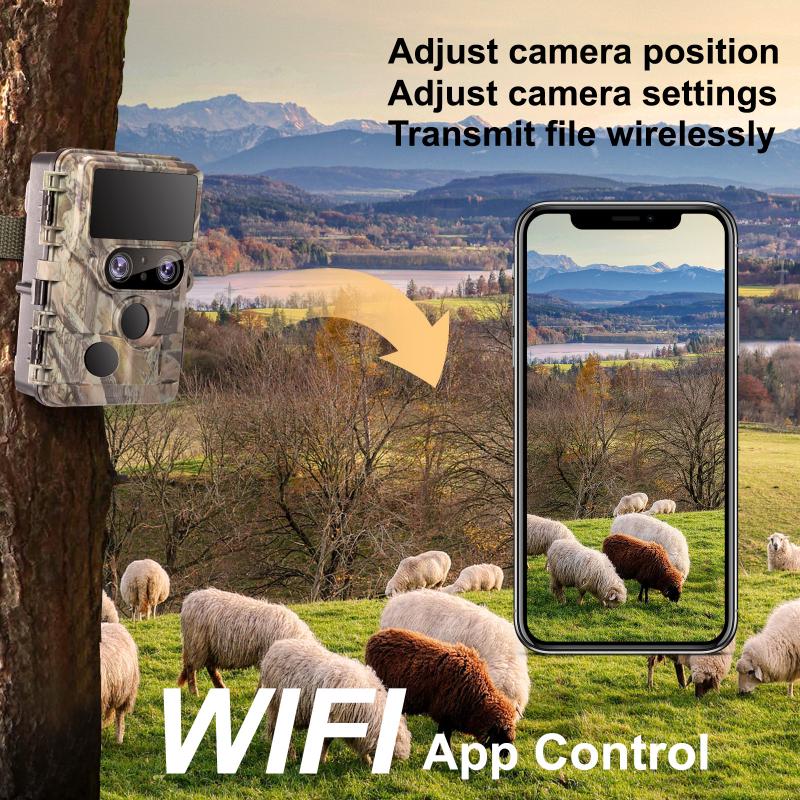
3、 Step-by-step guide to creating a homemade solar camera filter
Step-by-step guide to creating a homemade solar camera filter:
1. Gather the necessary materials: You will need a piece of solar filter film, a camera lens cap, scissors, and adhesive tape.
2. Measure the diameter of your camera lens: Use a ruler or measuring tape to determine the size of your camera lens. This will help you cut the solar filter film to the correct size.
3. Cut the solar filter film: Using scissors, carefully cut the solar filter film to match the diameter of your camera lens. It is crucial to be precise in this step to ensure proper coverage and protection.
4. Attach the solar filter film to the lens cap: Place the cut solar filter film on the inside of the lens cap, ensuring that it covers the entire opening. Use adhesive tape to secure the film in place, making sure it is taut and free from wrinkles or bubbles.
5. Test the filter: Before using the solar camera filter, it is essential to test its effectiveness. Point your camera towards a bright light source, such as the sun, and take a few test shots. Ensure that the filter adequately blocks out harmful solar rays and provides a clear image.
It is important to note that creating a homemade solar camera filter requires caution and precision. It is always recommended to use professionally manufactured solar filters to ensure maximum safety and protection for both your camera and your eyes. These filters are specifically designed to block out harmful solar radiation and provide optimal image quality.
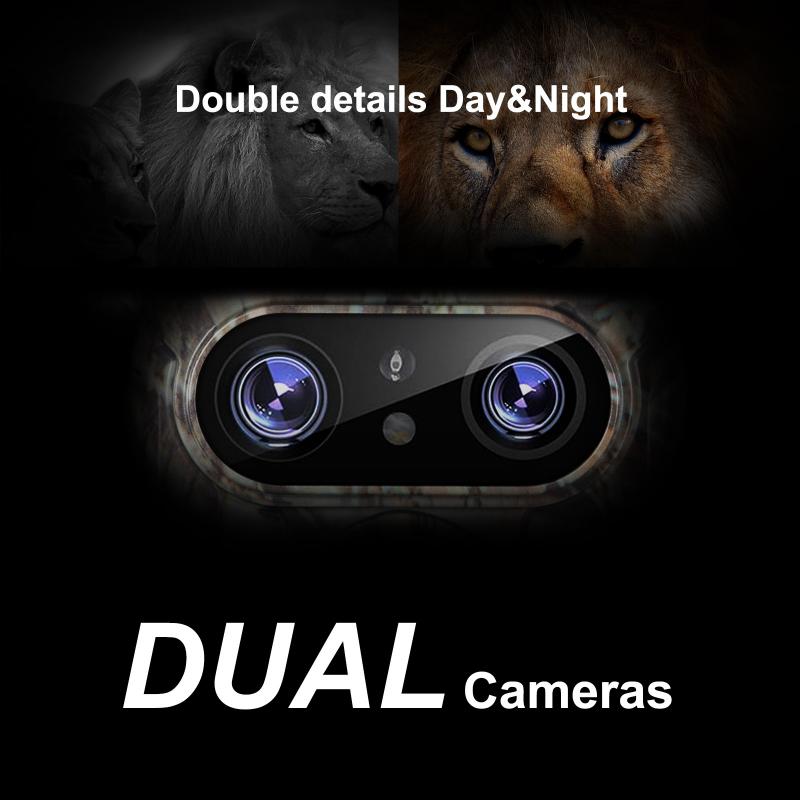
4、 Safety precautions when using a solar filter for photography
Safety precautions when using a solar filter for photography are of utmost importance to protect your eyes and equipment. With the increasing popularity of solar photography, it is crucial to follow the latest guidelines and recommendations to ensure a safe and enjoyable experience.
1. Purchase a certified solar filter: Invest in a high-quality solar filter specifically designed for photography. Look for filters that meet the ISO 12312-2 safety standard, which ensures they provide adequate protection against harmful solar radiation.
2. Properly attach the filter: Ensure that the solar filter is securely attached to your camera lens. Any gaps or loose fittings can allow unfiltered sunlight to enter, potentially damaging your eyes and camera equipment.
3. Never look directly at the sun: Even with a solar filter, it is essential to avoid looking directly at the sun through the camera's viewfinder. Instead, use the camera's LCD screen or electronic viewfinder to compose and capture your shots.
4. Regularly inspect the filter: Before each use, carefully examine the solar filter for any signs of damage, such as scratches or tears. If you notice any defects, replace the filter immediately to maintain its effectiveness.
5. Avoid long exposure times: Limit the duration of your exposures to minimize the risk of heat buildup on the filter. Extended exposure times can cause the filter to degrade or even melt, compromising its protective capabilities.
6. Educate yourself: Stay informed about the latest safety guidelines and recommendations for solar photography. The field is constantly evolving, and new research may provide additional insights into best practices.
Remember, the sun's rays can be extremely harmful to your eyes and camera equipment. By following these safety precautions and staying up to date with the latest information, you can enjoy the wonders of solar photography while keeping yourself and your gear protected.
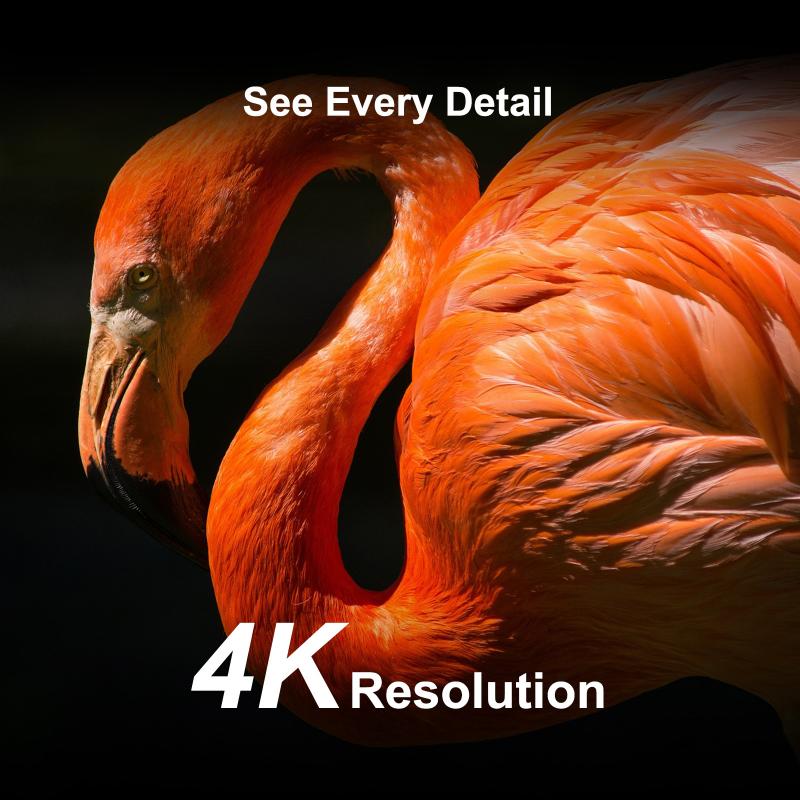




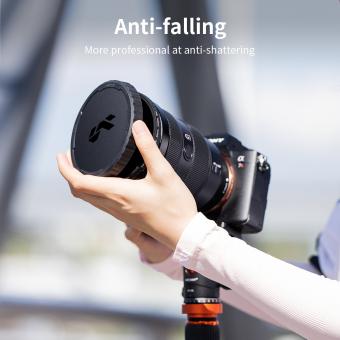

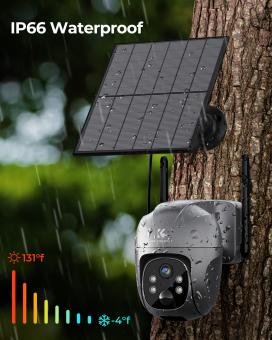




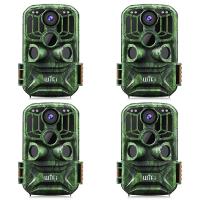

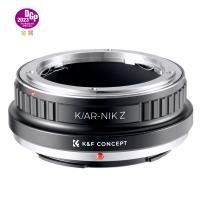
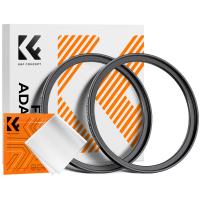




![4K Digital Camera for Photography & Video [Autofocus and Stabilisation] 48MP 16X Digital Zoom 3” 180° Flip Screen Vlog Camera with 32G SD Card, Flash Kentfaith 4K Digital Camera for Photography & Video [Autofocus and Stabilisation] 48MP 16X Digital Zoom 3” 180° Flip Screen Vlog Camera with 32G SD Card, Flash Kentfaith](https://img.kentfaith.de/cache/catalog/products/de/GW41.0065/GW41.0065-1-200x200.jpg)
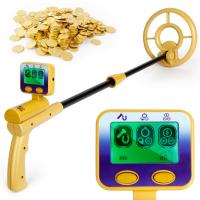

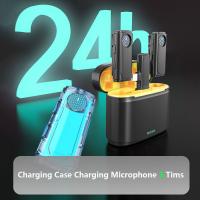
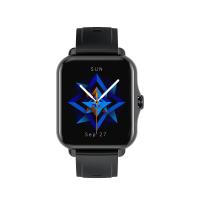


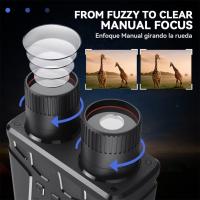


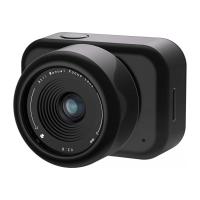
There are no comments for this blog.